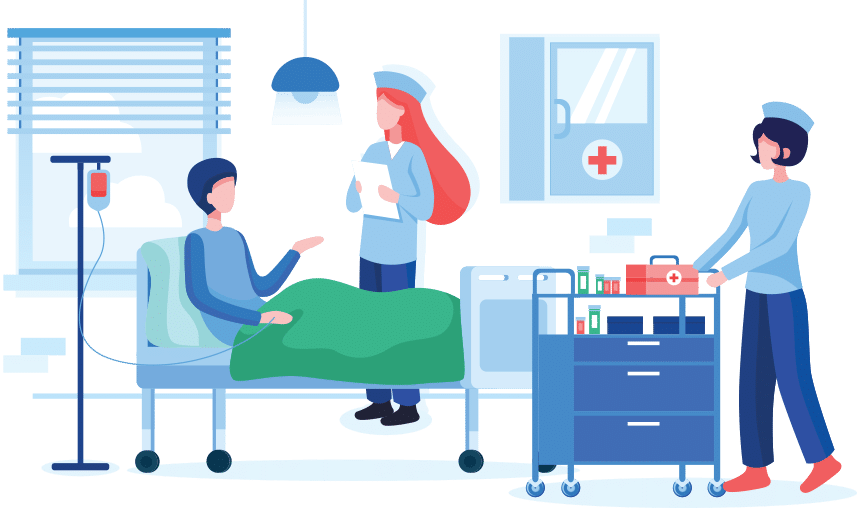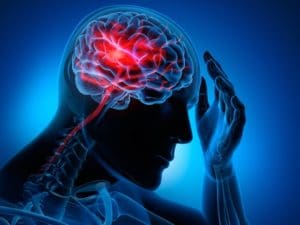

A stroke occurs when bleeding or a clot restricts the supply of blood to the brain, leading to deprivation of oxygen in the brain, which results in brain cell death. In most strokes, only part of the brain is damaged. The area where the stroke occurs affects the type of disability the patient will have and the extent of it. It also affects how much rehabilitation the person will require to recover from the disability.
Typically, we see five types of disabilities at our Stroke Rehabilitation Center in Chennai:
Majority of stroke patients who survive require rehabilitation because rehab helps them retain as much independence as possible. With the right rehab program, the survivor can go back to a healthy, normal life with the best possible quality.
When rehabilitation is ignored, stroke survivors can lose complete function in the affected limbs and become entirely dependent on a care-taker for daily needs.
The brain possesses a quality known as neuroplasticity. It is this trait that helps stroke patients regain function in all affected limbs through rehab and therefore be independent once again.
During rehab, the stroke patient is trained physically and mentally repetitively. This repetition enables the unaffected nerve cells, also known as neurons, surrounding the affected part of the brain to rewire. This process, which is called neuroplasticity, creates new pathways in the brain of the stroke patient. The new pathways allow the person to regain function in limbs.
It should be noted that the impact of rehab differs from individual to individual because the extent of neuroplasticity varies in people. So, while rehab cannot altogether remove all the effects of a stroke, it can help a person go back to as normal a life as possible. Correct rehab therapy may not reverse the damage done to the brain, but it does help live the best possible experience in the long run.

At our rehabilitation centre in Chennai, we are often asked what a rehab plan looks like. Our answer is always the same – the rehab therapy a person undergoes depends upon the severity of the stroke. But irrespective of the rehabilitation plan, there are seven stages to recovery from a stroke. Most survivors progress through all of them.
Known as flaccidity, at this stage, there is no voluntary movement in the stroke patient.
Known as spasticity appearance, at this stage, the arms or the legs of the patient begin to make small jerky movements involuntarily. Spasticity is the constant contraction of muscles which hinders normal movement such as walking or speaking.
Known as increased spasticity, at this stage, the arms and legs of the patient show more jerky movements. If you feel the muscles of the patient at this point, they appear tight and stiff when external pressure is applied.
Known as decreased spasticity, at this stage, the arms and legs of the stroke survivor show fewer jerky movements. The limbs move more easily and smoothly.
Known as complex movement combinations, at this stage, the limbs of the stroke survivor begin to emulate the full movement of a healthy person. As complete movement returns, so does better coordination.
Known as the disappearance of spasticity, at this stage jerky movements are almost gone. Therefore, isolated joint movements become entirely voluntary. It should be noted that if the person is tired spasticity may reappear.
This is the last stage of stroke recovery. At this point, all normal function has returned to the limbs of the survivor.
The road to stroke recovery is different for each patient. And each stage requires a different rehabilitation plan and exercise. It is why at HAMSA Rehab Chennai we highly recommend choosing a stroke rehabilitation center in Chennai over home rehab. The outcome is better, faster and safer.
Known as decreased spasticity, at this stage, the arms and legs of the stroke survivor show fewer jerky movements. The limbs move more easily and smoothly.